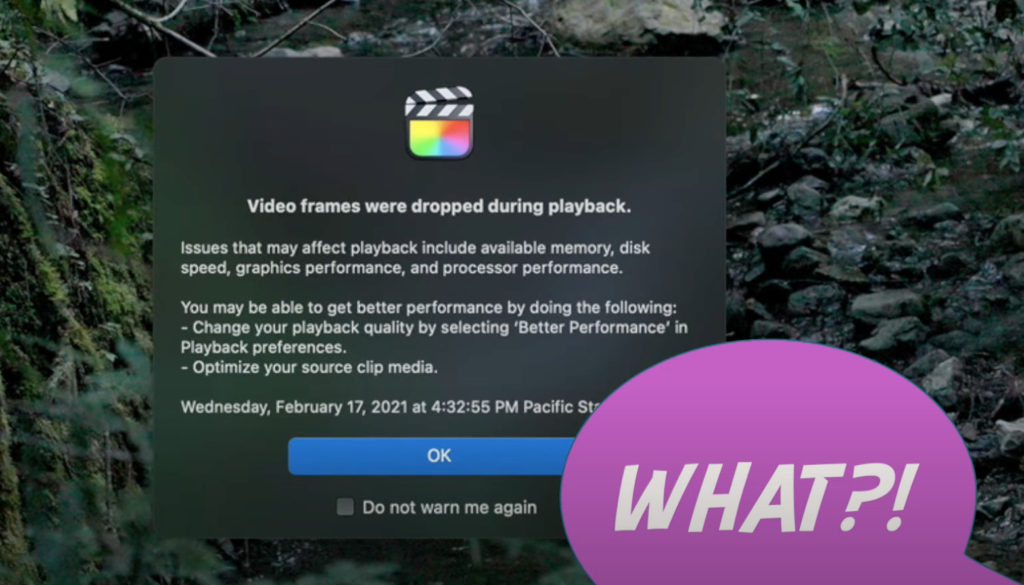As more and more cameras capable of shooting 10-bit 4-2-2 video hit the market at lower and lower price points, I’ve seen a huge uptick in the number of posts on various forums from folks having trouble playing back their footage in their NLE of choice. It’s the ongoing pendulum swing of technology: computers get better and faster, yet video footage gets more demanding as resolution, bit-depth, and color sampling improve. Playing 4K, 10-bit, 4-2-2 files on a laptop seemed unthinkable only a few years ago, and now folks think there is something wrong with their computer or NLE if they can’t do it.
In this week’s MacBreak Studio, I attempt to address these issues by demonstrating two different workflow scenarios for using proxy media in Final Cut Pro: specifically, camera-generated proxy media, since creating proxies in-camera is now possible on more an more models and because it saves the step of creating those proxies in your NLE, which can be quite time-consuming.
In the first scenario, I show you how you can get editing as quickly as possible by completely bypassing the original media, copying only the camera-generated files to a drive, and immediately get editing. I call this a “faux-proxy workflow” because Final Cut has no idea you are working with proxies – as far as it’s concerned, they are the original media files. Therefore, when it comes time to “switch” to original media, you instead need to batch-relink your proxy files to the original files. It’s fast and easy to do, assuming you’ve renamed your proxies before importing.
In the second scenario, which is my recommended workflow if you have the time, you first copy both the proxy files and the original media to your target editing drive. After renaming the proxies to match the originals, you then import the originals – not the proxies – as “leave in place” and instead of then creating proxies from those originals, you use the “relink to proxies” command to point to the camera-generated proxies. You can now switch to viewing proxies, edit without access to the originals, and when you are ready, switch back to optimized/original media for export.
Finally, for the second scenario, I show you how easy it is to create a proxy-only library for uploading to another editor or taking on the road.
All the details above, let me know what you think.



